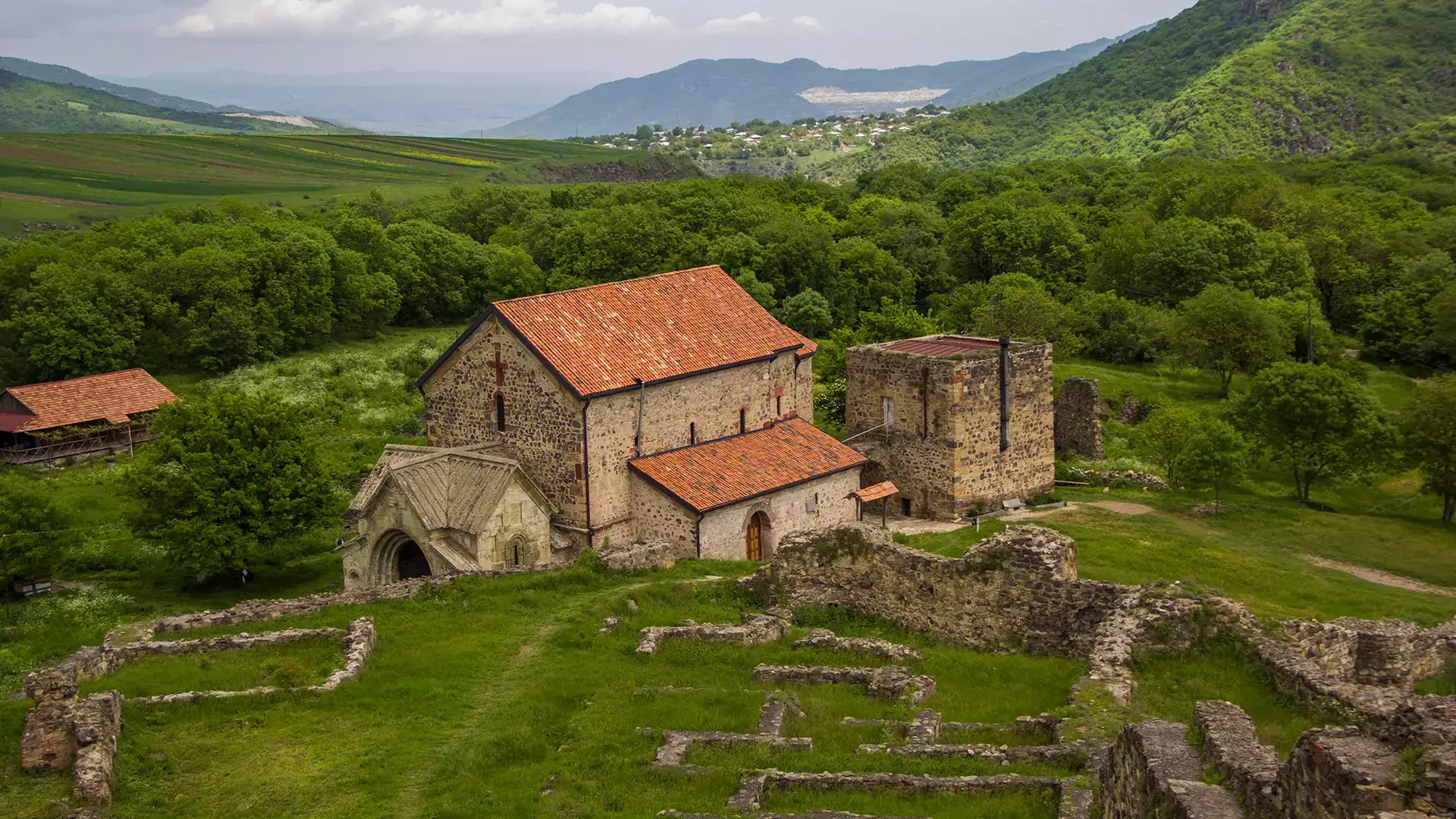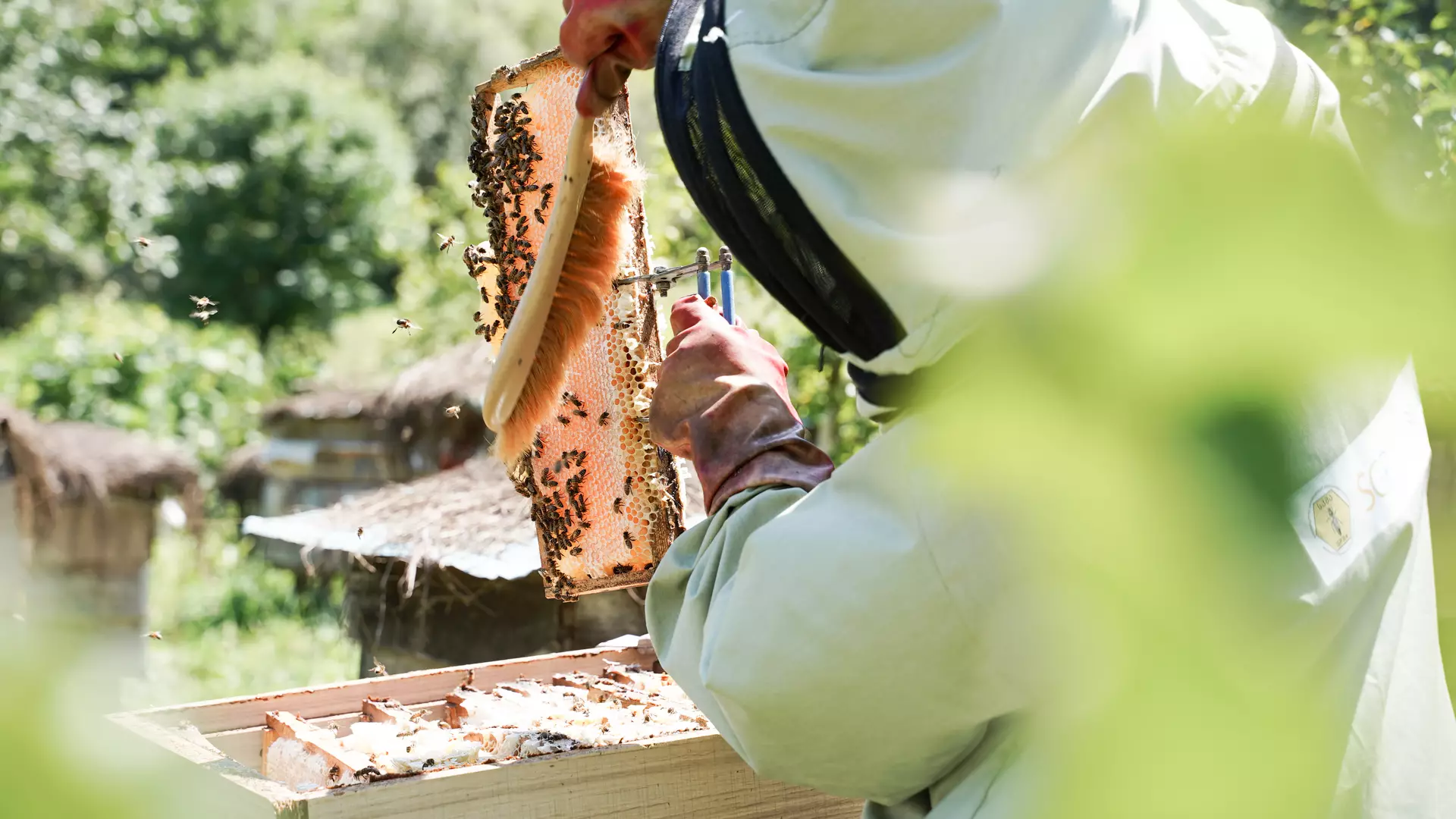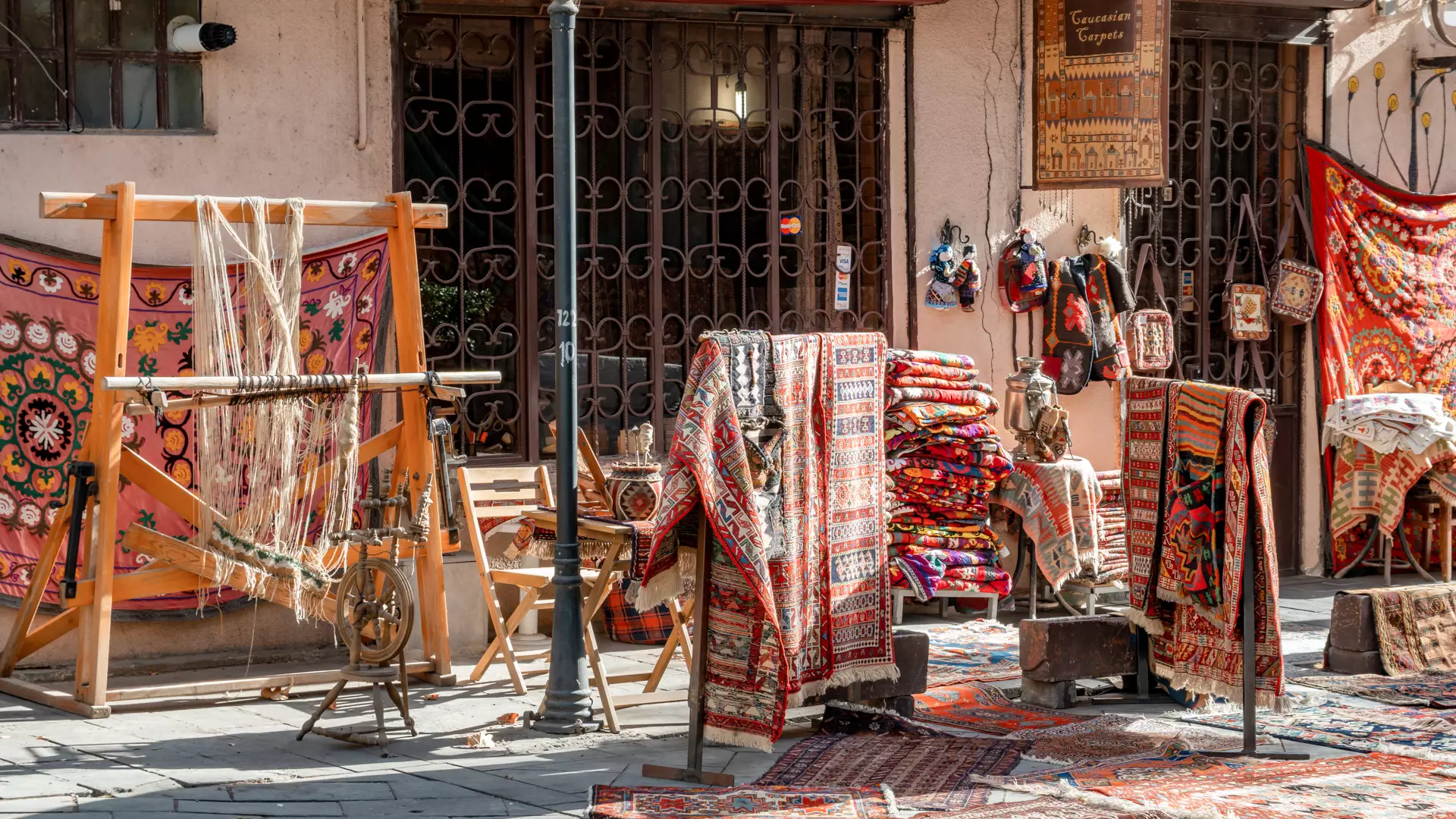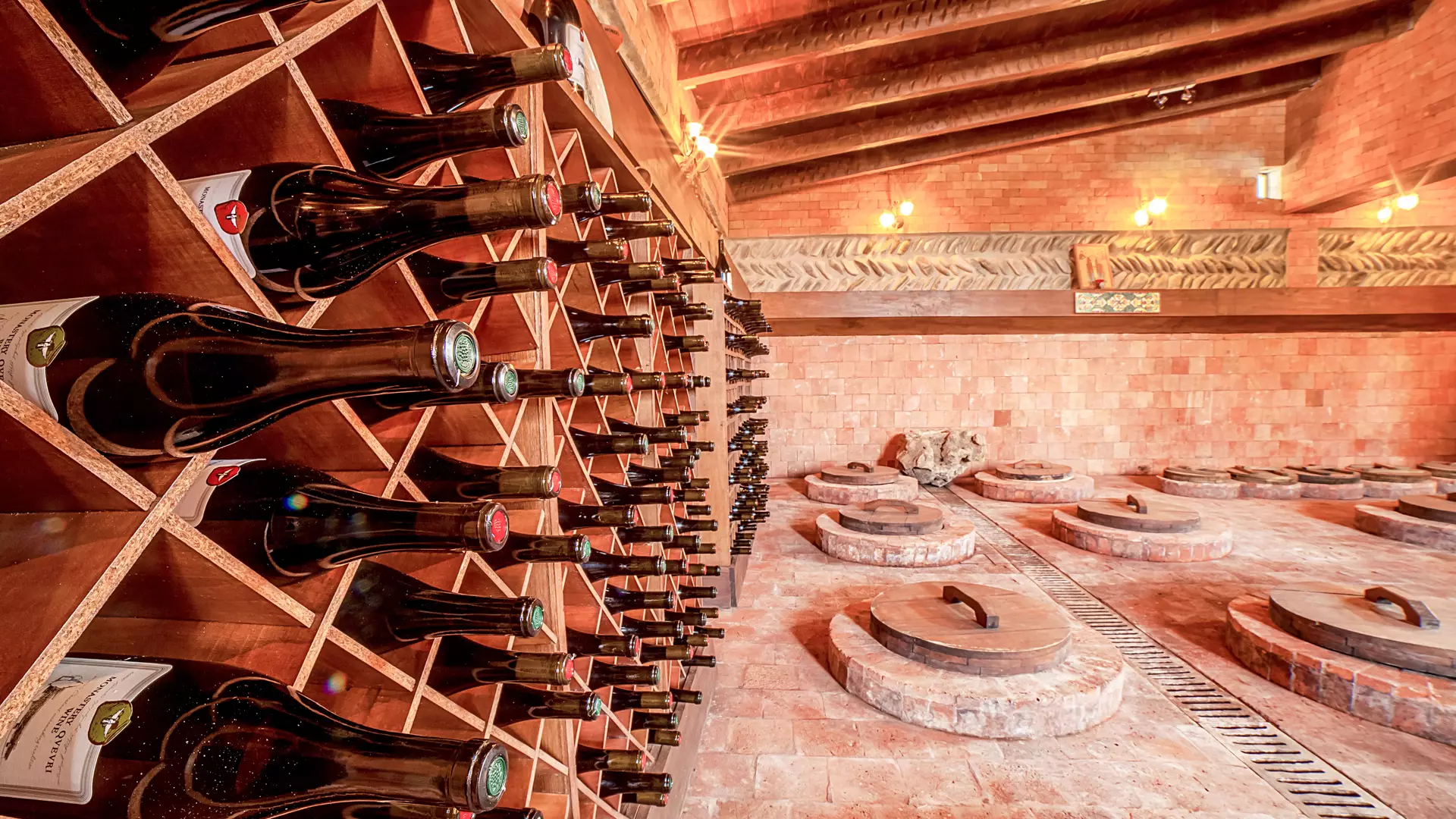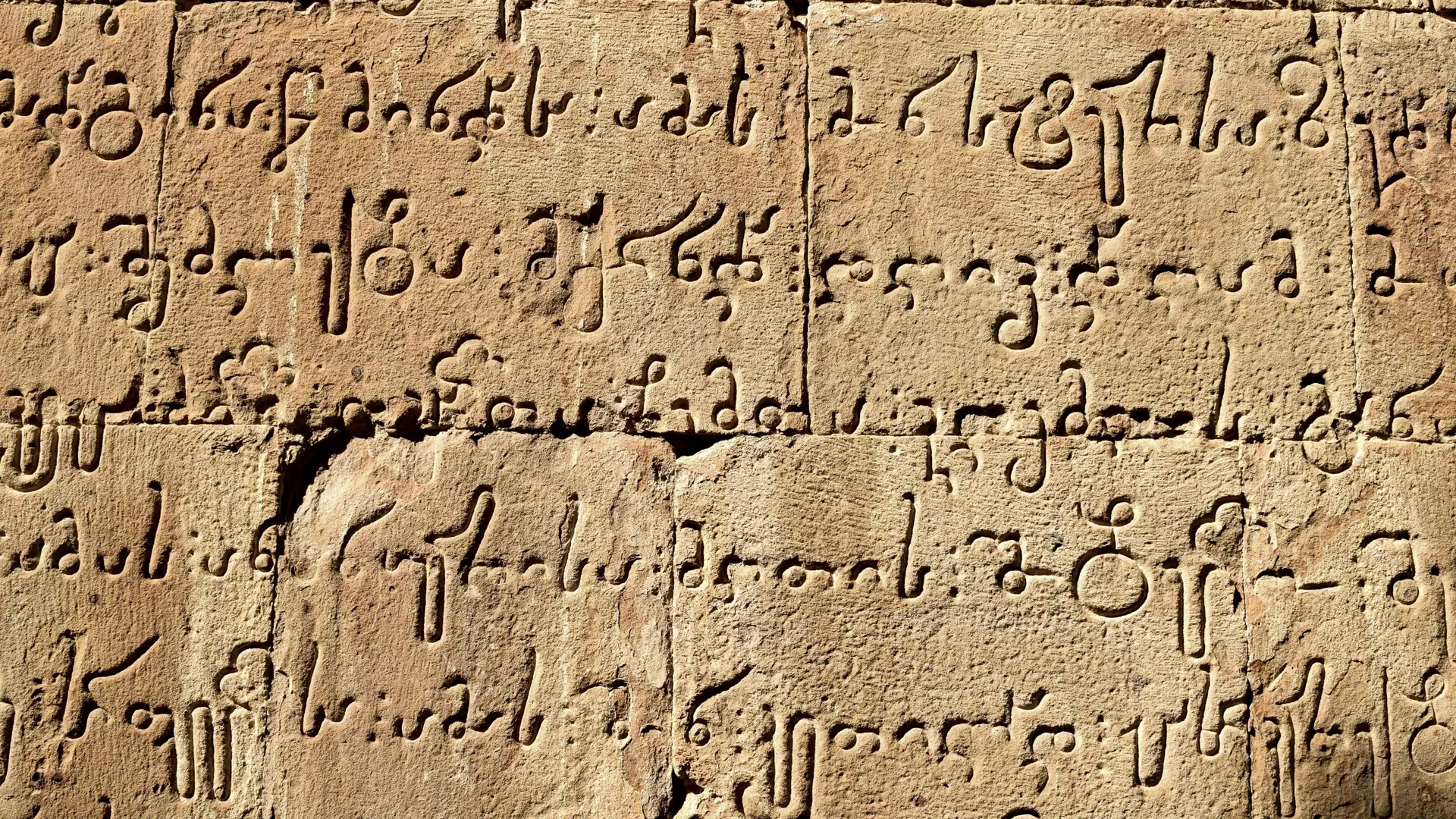An Oldest European Civilization
The Person from Dmanisi – The Oldest European
In 1999, Georgia become the epicenter of the scientific world. Near the city of Dmanisi in the southeastern part of the country, archaeologists discovered traces of pre-historic Homo erectus (upright human beings).
The discovery at Dmanisi showed that human beings inhabited that territory from about 1.8 million years ago. The person from Dmanisi was considered the oldest inhabitant of Europe and is known as the “first European” in scientific circles.
The remains of at least five separate individuals have been discovered at the Dmanisi archaeological site. Moreover, it has the most complete collection of early hominid skulls.
That fact allowed scientists to study an extremely important period in the evolution of hominids. It seems as though the person from Dmanisi was one of the first hominids to come to Eurasia from Africa, 1.8 million years ago! This overturned the prevailing scientific opinion that human beings had first left the African continent one million years ago.
An Ancient Center of Beekeeping
In 2003, archaeologists discovered a kurgan dating 35,000 years ago in Samtske-Javakheti, near the village of Sakire. During the excavations, two ceramic jars with honey inside were found. Scientists confirm that it was honey from 5,500 years ago. It is about 2,000 years older than the honey found in Tutankhamun’s grave in Egypt.
The Oldest Yarn in the World
In 2009, archaeologists discovered 34,000-year-old yarn, made of flax, and awls in Dzudzuana Cave near Chiatura in western Georgia. This discovery of flaxen fibers set the world abuzz because it proved that cavemen had clothing!
Georgia – The Birthplace of Wine
The oldest traces of wine in the world were discovered in Georgia. 8,000 years ago, Georgians were making wine in Qvevri, just as they do now, in the 21st century. There are many written sources and archaeological evidence that Georgia has not only been producing wine for 8,000 years without interruption but also that wine was exported and has been well-known to the countries around the Mediterranean Sea for millennia.
Gold Production, Metallurgy, and Metalworking before the Common Era
An important stage in the history of Georgia is connected to gold and silver. An ancient gold mine, where gold was extracted 5,400 years ago, was discovered in Georgia.
The world-famous story of the Greek Argonauts that arrived in the mystical land of Colchis in search of the Golden Fleece took place in Georgia’s territory. The kingdom of Colchis, which existed from the 6th to the 1st centuries BCE, is considered to be the first Georgian state and is well-known in Greek mythology as the homeland of King Aeëtes and Medea.
In reality, the Golden Fleece, as described by the Greek geographer Strabo (1st century BCE), was secret information about the Colchian method of obtaining gold written on vellum. The locals would collect the gold carried down from the Caucasus Mountains by rivers using woolly sheepskin. This secret method of obtaining gold is still used to this day in Svaneti.
The development of copper and bronze metallurgy started in Georgia in the 4th millennium BCE with the acquisition of metal from ores and the creation of items from it. It is widely known that it was the birth of metallurgy that caused massive socioeconomic changes in the early stages of human development because that is when tools to work the land began to appear.
The Georgian Alphabet
One of the greatest achievements of the Georgian people is their self-sufficient alphabet. The Georgian alphabet is one of the oldest complete alphabetic systems in the world.
It has been scientifically established that Georgians already had a writing system by the 5th century since scientists date the construction inscription of the Bolnisi Sioni Church in Kvemo Kartli to 493-494.
The Georgian inscriptions found at the abandoned city of Nekresi (in the Kakheti Region) are considered to be pre-Christian monuments (Christianity was proclaimed as the state religion in Georgia in the 4th century). Excavations are continuing, but the material discovered so far has proved that the Nekresi inscriptions must have been made between the 4th century BCE and the 3rd century CE.
All the unique objects detailed above are now kept in the Georgian National Museum, including the Dmanisi hominids, grape pips dating back to the 6th millennium BCE, gold and silver jewelry from the 15th century BCE to the 3rd century CE, bronze and iron statues, tools, and items of everyday and religious and ritual function, the Nekresi archaeological materials, and more.
The artifacts were discovered in various regions of Georgia including Dmanisi, Marneuli Valley, Ananuri, Martkopi, the Trialeti Kurgans, Vani, Akhalgori, Mtskheta, Zhinvali, Nokalakevi, Sairkhe, and Shilda.
However, the walls of a museum cannot contain everything. While you are traveling in the country of the oldest European civilization, keep your eye open for more impressive discoveries.
Cookie Policy

